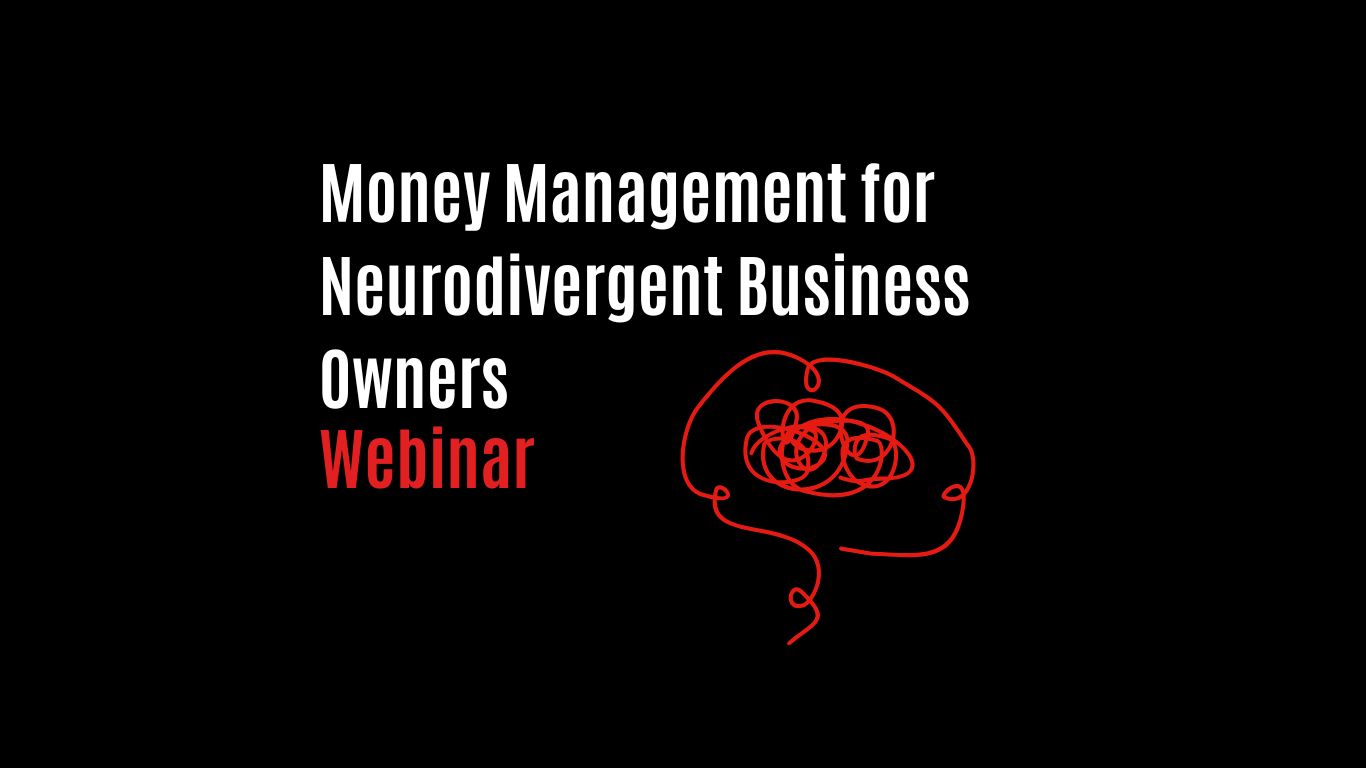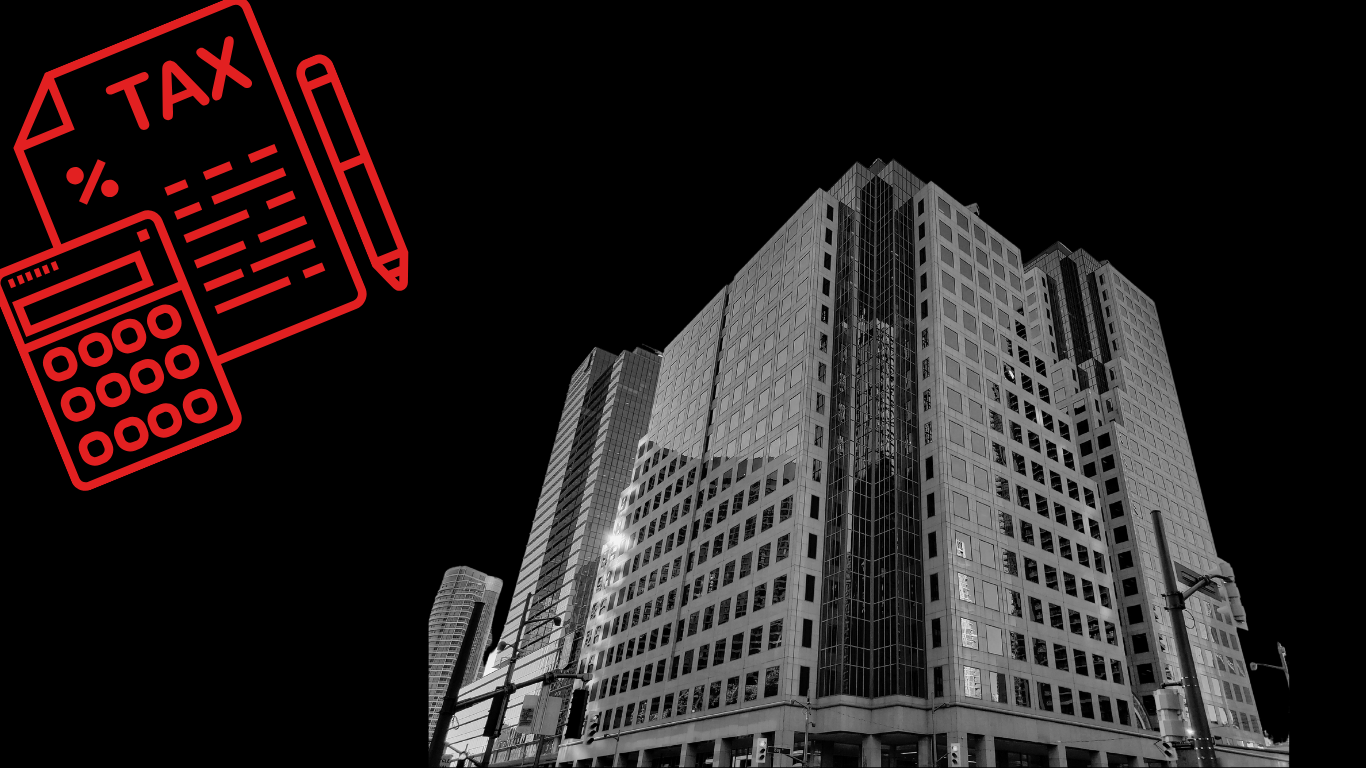Working with many contractors across a wide range of industries, it’s important that we make sure everyone is aware of changes – and the rules for IR35 are changing.
Are you a contractor thinking about how these changes will affect you? Or are you the “end client” – the business that’s contracted out the work – and therefore the one who may soon be liable for paying the IR35 tax?
The new rules coming into place from 2020/21 mean that the “end client” – the person engaging the contractor – will have to issue a “status determination statement” (SDS). This will be hugely important in deciding who is liable for any IR35 tax and NIC.
The actual IR35 tests are not changing, but:
- whoever is liable for paying the tax and NIC will change for “large clients”; and
- contractors will be allowed to challenge their SDSs.
What exactly is the SDS?
Unless the end client is classified as a small business, the new changes to IR35 will mean that they will be able to decide whether or not a worker is liable for IR35. The end client will be responsible for letting the worker know how they’ve categorised their employment status in the SDS, and it must set out the reasons for their decision.
What does this change mean?
The client will be liable for the IR35 duties – unless they provide an SDS to the worker. But if the worker is contracted through an agency, the client can transfer liability to that agency by passing on the SDS. The agency will then have to issue the worker with the SDS. If another intermediary is between the agency and the worker, the SDS can be passed on and on, until it reaches the last person in the supply chain – the one who would be paying the worker – also referred to as a “personal service company” (PSC).
The SDS will not pass to the PSC so the worker will no longer be liable for IR35. Instead, whoever is liable for the IR35 tax must deduct the PAYE tax and employee’s NIC from their payments, in the same way as if the worker were on their payroll.
Challenging an SDS decision
The worker OR the “deemed employer” – the last person in the supply chain – will be able to challenge the SDS against the end client that originally issued the SDS. The end client will then have 45 days to explain the SDS or to withdraw and change it. If they don’t respond within the deadline, the IR35 tax liability will move back to them and then cannot be changed.
A problem that’s already been anticipated is that, where there may be other agencies in the supply chain, they might not know about the SDS challenge, so they could think they’re liable for the IR35 tax and PAYE deductions. The whole process can get very confusing here.
If it goes wrong…
End clients that make harsh or cautious IR35 decisions could end up incorrectly imposing employer’s NIC and apprenticeship levy liabilities on themselves or others. On the other hand, if they’re too lenient they could end up with a retrospective IR35 tax bill plus penalties.
This could obviously cause problems when engaging contractors who might not be overjoyed at being classed as a “disguised employee” – working without any employment rights.
Being prepared
Everyone in the supply chain will need to have set procedures in place to ensure:
- accuracy in their SDSs
- they’re passed to the correct parties at the right time
- any challenges are dealt with properly.
- everything is carefully documented in case of any disputes.
It’s like to be a minefield, but don’t worry – we’re here to talk you through the changes and processes, whether you’re the end client, an agency or the PSC/worker.
It’s not long until the changes take place – we’ll give you more info closer to the deadline.
Thanks to AccountingWeb for sharing this info.


































































































































































































































































































































































































































































































